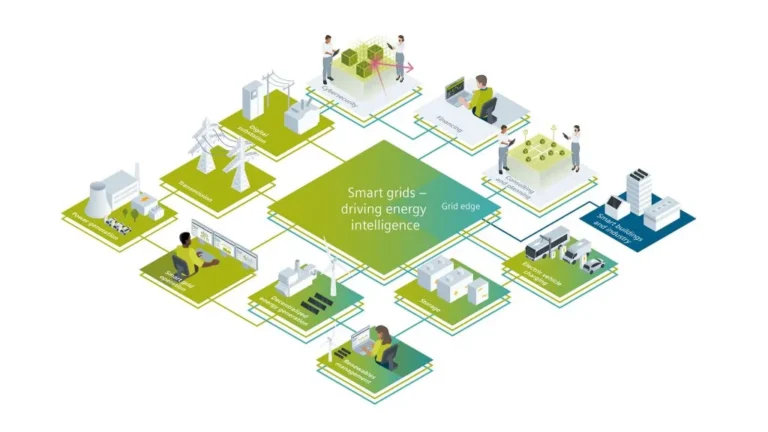As cities grow, the demand for efficient and sustainable energy solutions is increasing. Siemens has introduced a new smart grid technology designed to optimize energy distribution and reduce waste in urban areas.
The Innovation:
Siemens’ smart grid technology uses advanced sensors, AI, and IoT to monitor and manage energy distribution in real-time. The system can detect fluctuations in energy demand and adjust supply accordingly, reducing energy waste and improving grid reliability. It also integrates renewable energy sources like solar and wind, making cities more sustainable.
Key Features:
- Real-Time Monitoring:Track energy usage and grid performance in real-time.
- Demand Response:Adjust energy supply based on demand fluctuations.
- Renewable Integration:Seamlessly incorporate solar, wind, and other renewable energy sources.
- Energy Efficiency:Reduce energy waste and lower carbon emissions.
Impact on Urban Infrastructure:
Siemens’ smart grid technology is transforming how cities manage energy. By optimizing energy distribution and integrating renewable sources, it helps cities reduce their carbon footprint and achieve sustainability goals. The technology also improves grid reliability, reducing the risk of blackouts and ensuring a stable energy supply for urban populations.
Future Prospects:
Siemens plans to expand its smart grid technology to more cities worldwide, targeting regions with high energy demands and aging infrastructure. The company is also working on integrating energy storage solutions to further enhance grid efficiency.
Conclusion:
Siemens’ smart grid technology is a game-changer for urban infrastructure. By optimizing energy distribution and promoting sustainability, it’s set to power the cities of tomorrow.
Source: Siemens
Learn more about Siemens’ smart grid technology here.


